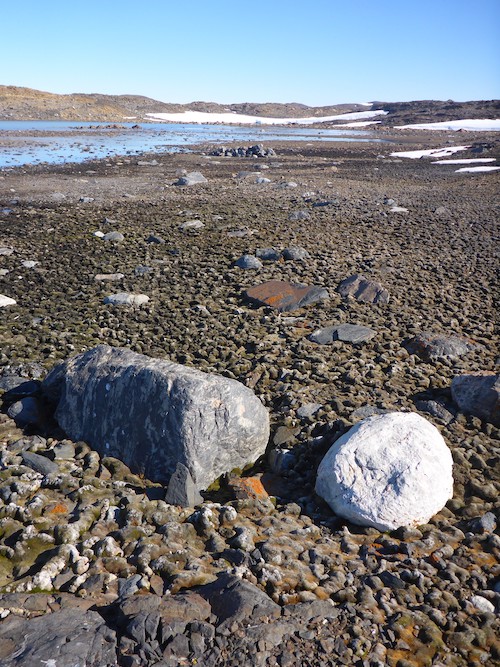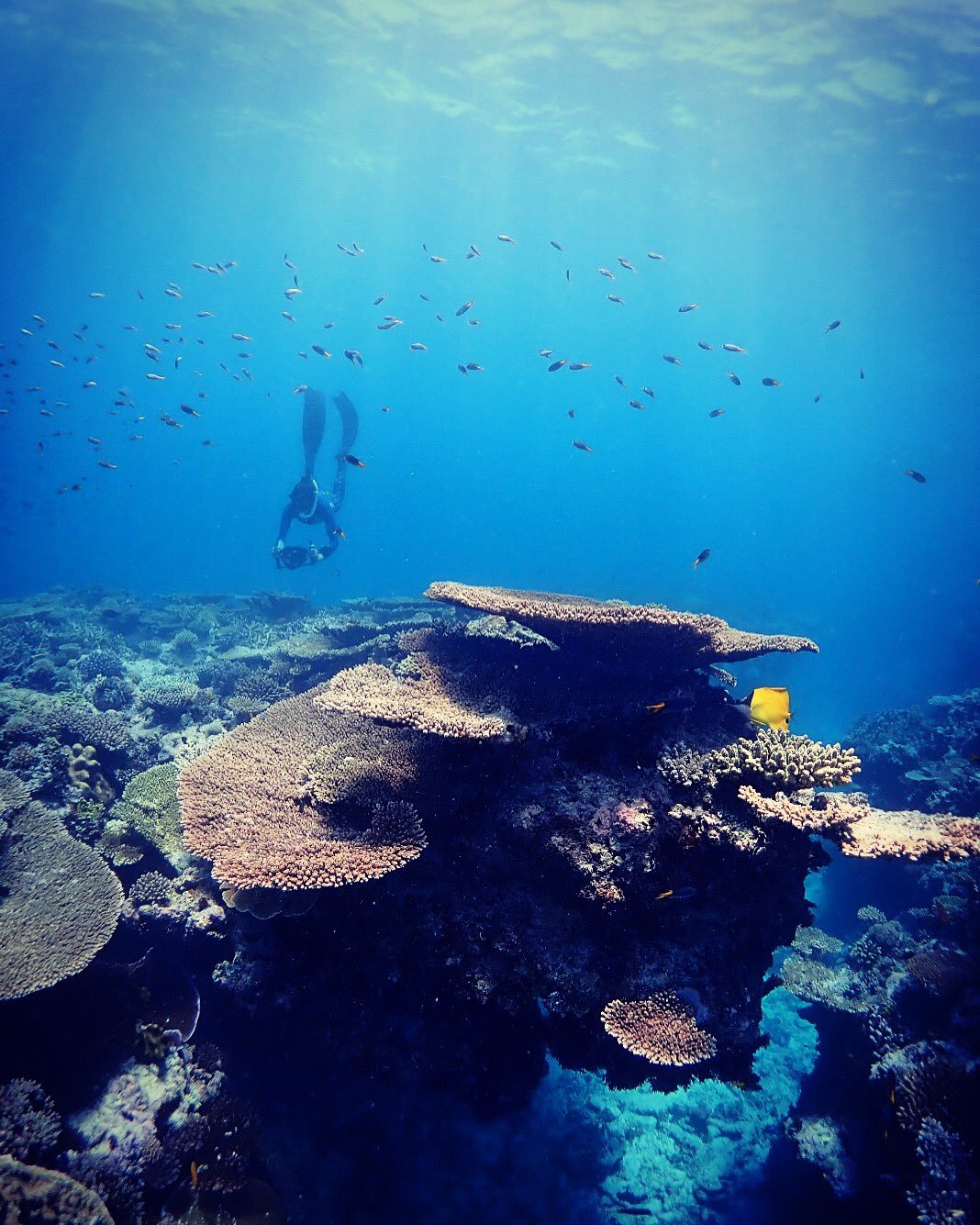 The Great Barrier Reef is the world's largest coral reef system, extending over 2,300 kilometres. It is home to over 5,000 species of mollusk, 1,500 species of fish, 400 species of coral and around 240 species of birds. It spreads over almost 4,000 individual reefs, 900 continental islands, 300 coral cays and 150 inshore mangrove islands.
The Great Barrier Reef is the world's largest coral reef system, extending over 2,300 kilometres. It is home to over 5,000 species of mollusk, 1,500 species of fish, 400 species of coral and around 240 species of birds. It spreads over almost 4,000 individual reefs, 900 continental islands, 300 coral cays and 150 inshore mangrove islands.In the last 30 years, climate change and many regional pressures have combined to cause ecosystem collapse across the reef, with shallower reefs worse off than deeper reefs. These pressures include five mass coral bleaching events since 1998, marine heatwaves, major tropical cyclones, freshwater floods from extreme high rainfall events, flood sediment and pollution, ocean acidification and crown of thorns starfish outbreaks.
Major feedback loops that compound the pressures are now establishing. From 1985–2017, the reef lost half of all coral cover due to five massive bleaching events, of which two were consecutive (2016, 2017). In 2017, 67% of corals died along a 700km stretch.
The reef provides around A$12 trillion of ecosystem services and over 64,000 jobs. The Australian and Queensland governments have committed billions into reef protection but there are significant challenges to overcome.

Photo © Charlotte Page
Pressures:
- Temperature
- Ocean acidification
- Salinity change
- Native species interactions
- Heatwave
- Flood
- Storm
- Habitat change/loss
- Runoff / pollution
- Other (dredging, fishing, boat strikes, ship fouling, tourism debris)

 Australia’s tropical savannas sweep across more than 1 million square kilometres of northern Australia, from the western Kimberley region, WA, to the eastern edge of Queensland’s tropical coast. Savanna woodlands and forests have mainly gum trees over an understory of tall grasses and very ancient, poor soils.
Australia’s tropical savannas sweep across more than 1 million square kilometres of northern Australia, from the western Kimberley region, WA, to the eastern edge of Queensland’s tropical coast. Savanna woodlands and forests have mainly gum trees over an understory of tall grasses and very ancient, poor soils.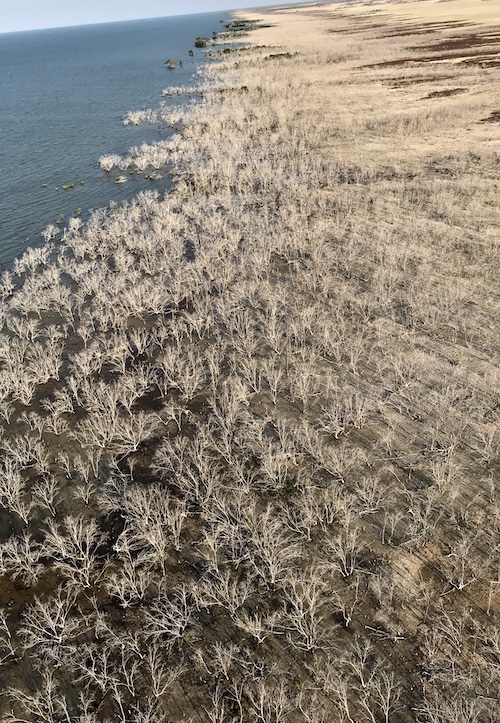 In late 2015, nearly 40 million mangrove trees, representing around one million tons of carbon, died along 1,000 kilometres of the Gulf of Carpentaria. They succumbed to multiple pressures, including extremely high temperatures (39°C for 18 days), prolonged drought conditions, along with feral pigs, scrub fires and invasive weeds.
In late 2015, nearly 40 million mangrove trees, representing around one million tons of carbon, died along 1,000 kilometres of the Gulf of Carpentaria. They succumbed to multiple pressures, including extremely high temperatures (39°C for 18 days), prolonged drought conditions, along with feral pigs, scrub fires and invasive weeds.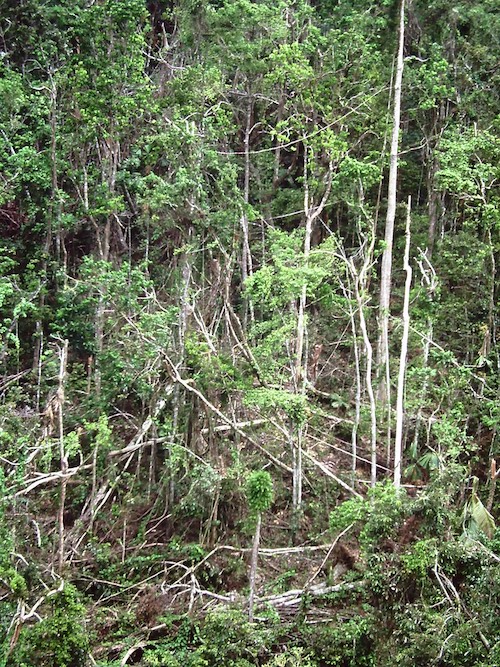 The wet tropics of North Queensland span around 450 kilometres, with rainforest covering around 1.85 million hectares. The region contains extraordinary diversity, with more than 3,000 plant species and over 60 vertebrate species found nowhere else on Earth. Although tropical rainforests make up only 0.1% of Australia’s landmass, they’re also home to over 50% of its ferns, butterflies and birds, and over 20% of freshwater fish, mammals, orchids, frogs and reptiles.
The wet tropics of North Queensland span around 450 kilometres, with rainforest covering around 1.85 million hectares. The region contains extraordinary diversity, with more than 3,000 plant species and over 60 vertebrate species found nowhere else on Earth. Although tropical rainforests make up only 0.1% of Australia’s landmass, they’re also home to over 50% of its ferns, butterflies and birds, and over 20% of freshwater fish, mammals, orchids, frogs and reptiles. The arid zone covers around 43% of Australia and is characterised by low lands, generally less than 300 metres in elevation, occasionally punctuated by a few big hills (higher than 1,000 metres). Vegetation ranges from woodlands, shrublands and grasslands to rangelands and desert dunes. There are isolated freshwater systems through the arid zone including waterholes and lakes, underground water, clay pans and springs fed by the Great Artesian Basin.
The arid zone covers around 43% of Australia and is characterised by low lands, generally less than 300 metres in elevation, occasionally punctuated by a few big hills (higher than 1,000 metres). Vegetation ranges from woodlands, shrublands and grasslands to rangelands and desert dunes. There are isolated freshwater systems through the arid zone including waterholes and lakes, underground water, clay pans and springs fed by the Great Artesian Basin.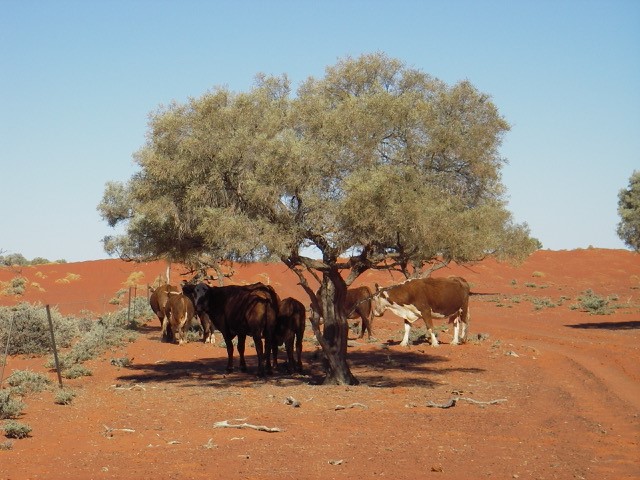 Georgina gidgee is a keystone tree, a species that holds an ecosystem together, and dominates low open woodlands. It occurs naturally in small patches (up to 10 hectares) in the arid zone, growing mostly along watercourses and in clay depressions between spinifex grass dunes. Georgina gidgee woodlands are important hot spots for life, acting as refuges for native rodents, small marsupials, red kangaroos and bats. They provide permanent or temporary habitat for more than 80 bird species, and animals such as lizards and ants.
Georgina gidgee is a keystone tree, a species that holds an ecosystem together, and dominates low open woodlands. It occurs naturally in small patches (up to 10 hectares) in the arid zone, growing mostly along watercourses and in clay depressions between spinifex grass dunes. Georgina gidgee woodlands are important hot spots for life, acting as refuges for native rodents, small marsupials, red kangaroos and bats. They provide permanent or temporary habitat for more than 80 bird species, and animals such as lizards and ants. Ningaloo and adjacent reefs are within the World Heritage listed Ningaloo Coast, and comprise an ecosystem of immense biodiversity, and national and international ecological importance. It’s home to megafauna such as migrating whale sharks and whales, turtles, corals, and economically important habitat for fisheries.
Ningaloo and adjacent reefs are within the World Heritage listed Ningaloo Coast, and comprise an ecosystem of immense biodiversity, and national and international ecological importance. It’s home to megafauna such as migrating whale sharks and whales, turtles, corals, and economically important habitat for fisheries. The Murray-Darling Basin is Australia’s largest river system with 23 river valleys and over 77,000 kilometres of watercourses. The basin has more than 30,000 wetlands (400 wetlands are considered “high value” in Victoria alone) home to 46 species of native fish and 120 species of water birds. Some wetlands are recognised internationally as globally important.
The Murray-Darling Basin is Australia’s largest river system with 23 river valleys and over 77,000 kilometres of watercourses. The basin has more than 30,000 wetlands (400 wetlands are considered “high value” in Victoria alone) home to 46 species of native fish and 120 species of water birds. Some wetlands are recognised internationally as globally important.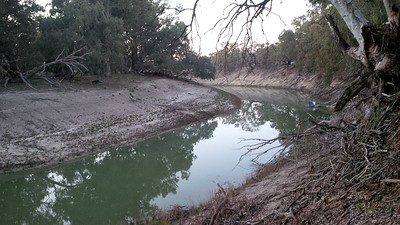 The Murray Darling Basin covers around 14% of Australia’s land area, comprising low-lying undulating areas, extensive plains and parts of the Great Dividing Range. The basin is Australia’s most important water catchment – forests and wetlands cover over 100 million hectares of floodplains and adjacent riverbank areas. The mighty river red gum is key to the health of these ecosystems that depend on frequent flooding (once every three years) for growth and reproduction.
The Murray Darling Basin covers around 14% of Australia’s land area, comprising low-lying undulating areas, extensive plains and parts of the Great Dividing Range. The basin is Australia’s most important water catchment – forests and wetlands cover over 100 million hectares of floodplains and adjacent riverbank areas. The mighty river red gum is key to the health of these ecosystems that depend on frequent flooding (once every three years) for growth and reproduction.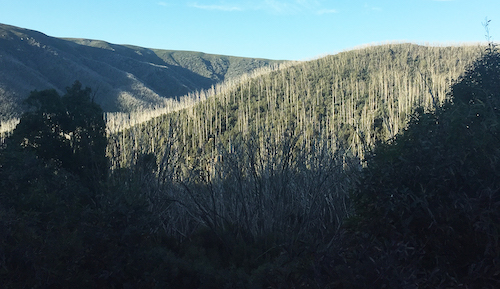 Montane alpine ash and subalpine snowgum forests occupy the highest forested areas of the Australian Alps. Alpine ash are giants and can grow over 90 metres tall, although trees over 40m are rare across most of the alps today.
Montane alpine ash and subalpine snowgum forests occupy the highest forested areas of the Australian Alps. Alpine ash are giants and can grow over 90 metres tall, although trees over 40m are rare across most of the alps today.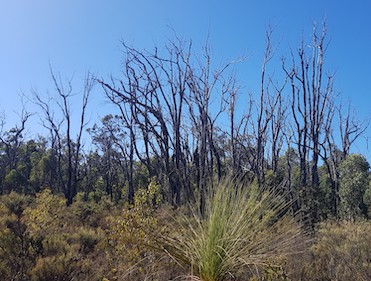 Forests and woodlands in south-west WA extend over 10,000 square kilometres. They include the northern jarrah forest, tuart forest and woodlands, and banksia woodlands. The woodlands experience a Mediterranean-type climate, with cool, wet winters and dry, hot summers.
Forests and woodlands in south-west WA extend over 10,000 square kilometres. They include the northern jarrah forest, tuart forest and woodlands, and banksia woodlands. The woodlands experience a Mediterranean-type climate, with cool, wet winters and dry, hot summers.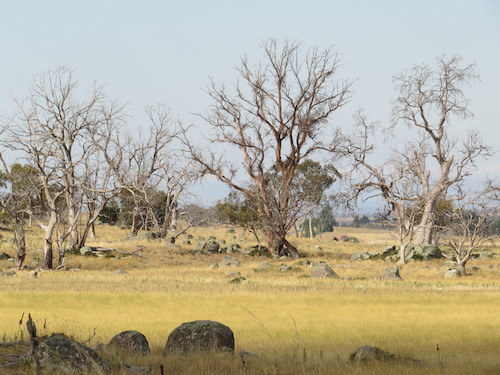 The Monaro tablelands of south-east NSW are characterised by mosaics of grassy woodlands, grasslands and forests. These provide important habitat for a range of threatened plants and animal species, including koalas, spotted-tail quolls and dusky wood swallows, as well as 15 other smaller marsupial species, 95 bird species, 14 species of reptiles and more.
The Monaro tablelands of south-east NSW are characterised by mosaics of grassy woodlands, grasslands and forests. These provide important habitat for a range of threatened plants and animal species, including koalas, spotted-tail quolls and dusky wood swallows, as well as 15 other smaller marsupial species, 95 bird species, 14 species of reptiles and more.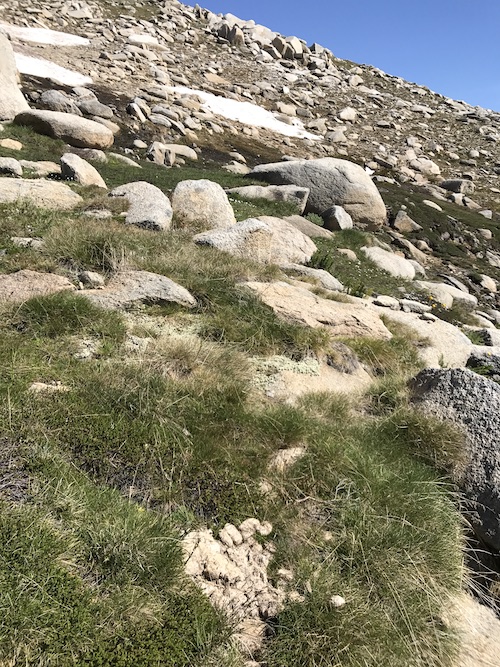 The snowpatch herbfields, made up of dwarf grasses and alpine herbs, are one of the rarest and most restricted ecosystems in Australia. They occur only on steep, south-east-facing slopes of alpine and high treeless subalpine zones, where snow persists into the spring and summer growing seasons.
The snowpatch herbfields, made up of dwarf grasses and alpine herbs, are one of the rarest and most restricted ecosystems in Australia. They occur only on steep, south-east-facing slopes of alpine and high treeless subalpine zones, where snow persists into the spring and summer growing seasons. The mountain ash ecosystem in the Central Highlands of Victoria supports the world’s tallest flowering plants. It’s among the world’s most carbon-dense forests, supporting an array of threatened forest-dependent species, and generating almost all of the water for the 5 million inhabitants of Melbourne (as well as communities and agriculturalists north of the Great Divide).
The mountain ash ecosystem in the Central Highlands of Victoria supports the world’s tallest flowering plants. It’s among the world’s most carbon-dense forests, supporting an array of threatened forest-dependent species, and generating almost all of the water for the 5 million inhabitants of Melbourne (as well as communities and agriculturalists north of the Great Divide).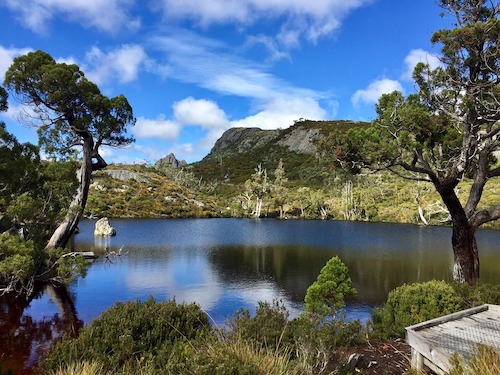 The Tasmanian Wilderness World Heritage Area covers 15,800 square kilometres. One of its key values is the high concentration of ancient invertebrate animals and plants endemic to Tasmania (often called “palaeoendemics”). An iconic example is the genus Athrotaxis in the conifer family, which is considered one of the oldest surviving plant lineages on Earth — a living fossil.
The Tasmanian Wilderness World Heritage Area covers 15,800 square kilometres. One of its key values is the high concentration of ancient invertebrate animals and plants endemic to Tasmania (often called “palaeoendemics”). An iconic example is the genus Athrotaxis in the conifer family, which is considered one of the oldest surviving plant lineages on Earth — a living fossil.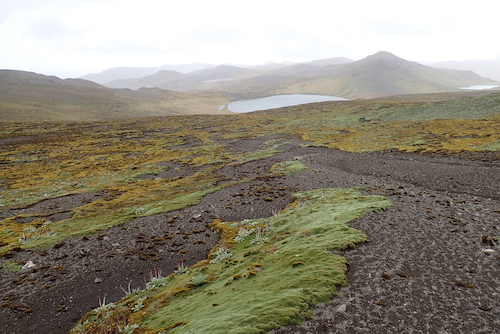 The World Heritage sub-Antarctic Macquarie Island is home to unique alpine tundra. Cushion plants and bryophytes (such as mosses) dominate this treeless ecosystem. This uninhabited island ecosystem is one of the rarest on the planet, occurring on only eight other oceanic, sub-Antarctic islands. It’s home to many invertebrate species, and is the breeding ground of thousands of seabirds and marine mammals.
The World Heritage sub-Antarctic Macquarie Island is home to unique alpine tundra. Cushion plants and bryophytes (such as mosses) dominate this treeless ecosystem. This uninhabited island ecosystem is one of the rarest on the planet, occurring on only eight other oceanic, sub-Antarctic islands. It’s home to many invertebrate species, and is the breeding ground of thousands of seabirds and marine mammals.